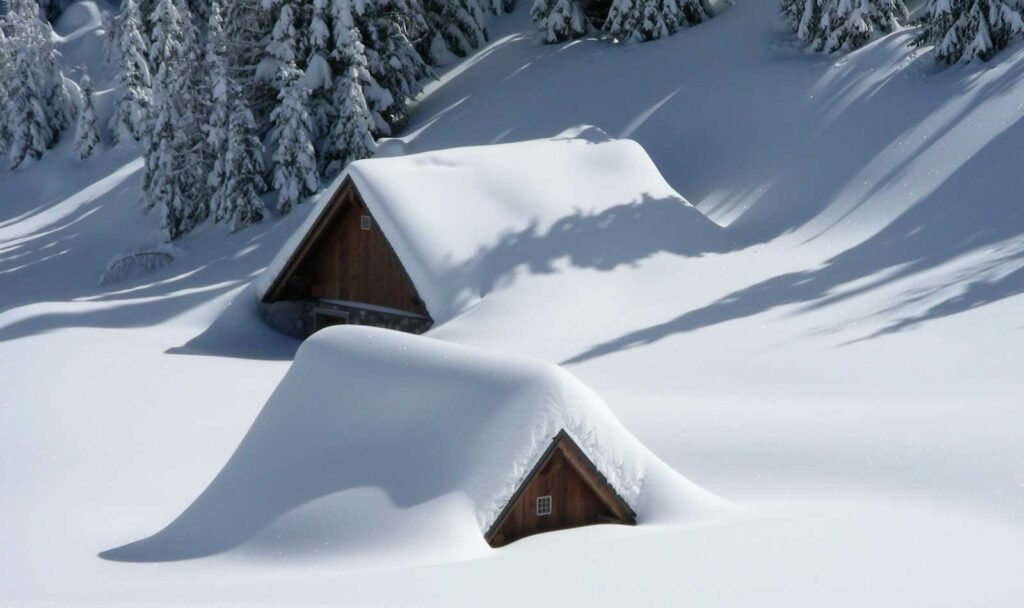Snowboarding: What No One Is Talking About
Snowboarding is a popular winter sport that involves riding a board attached to your feet down a snow-covered slope. It can be fun, exhilarating, and challenging, but it can also be dangerous, expensive, and environmentally harmful. In this article, we will explore some of the aspects of snowboarding that are often overlooked or ignored by the media and the public.
The Risks of Snowboarding
Snowboarding is not a risk-free sport. According to a study by the [International Society for Skiing Safety], snowboarding has a higher injury rate than skiing, with an average of 6.97 injuries per 1000 snowboarder days. The most common injuries are wrist fractures, shoulder dislocations, ankle sprains, head and neck trauma, and knee ligament tears. Some of these injuries can be prevented or reduced by wearing proper protective gear, such as helmets, wrist guards, goggles, and pads.
However, some injuries are more severe and can result in death. According to the [National Ski Areas Association], there were 37 fatalities in the 2019-2020 ski season in the United States, of which 14 were snowboarders. The most common causes of death were collisions with trees, rocks, or other objects, avalanches, falls from lifts, or pre-existing medical conditions. Some of these fatalities can be avoided or minimized by following the rules and regulations of the ski resorts, such as staying within the marked trails, respecting the signs and warnings, and being aware of the weather and snow conditions.
The Costs of Snowboarding
Snowboarding is not a cheap sport. According to a survey by [Snowsports Industries America], the average cost of a snowboard package (including board, boots, and bindings) was $536 in 2019. The average cost of a lift ticket was $94 in 2018. The average cost of a ski vacation (including transportation, accommodation, food, and entertainment) was $1,766 in 2019. These costs can vary depending on the location, season, and quality of the services and products.
However, some costs are more hidden and can affect the society and the environment. According to a report by [Protect Our Winters], the snow sports industry contributes to $20.3 billion in economic value to the U.S. economy annually. However, it also generates 2.2 million metric tons of greenhouse gas emissions annually, which is equivalent to the emissions from 467,000 passenger vehicles. Some of these emissions can be reduced or offset by adopting more sustainable practices, such as using renewable energy sources, improving efficiency and waste management, and supporting carbon reduction initiatives.
The Future of Snowboarding
Snowboarding is not a static sport. It is constantly evolving and innovating with new styles, techniques, equipment, and events. Some of the recent trends in snowboarding are:
– Splitboarding: This is a type of snowboarding that involves splitting the board into two pieces that can be used as skis for ascending uphill and then reassembled as a board for descending downhill. This allows snowboarders to access more remote and untouched terrain that is not served by lifts or trails.
– Freeriding: This is a type of snowboarding that focuses on riding natural features and terrain without any predefined rules or objectives. It can include riding powder, trees, cliffs, couloirs, or backcountry areas. It requires more skill, experience, and equipment than other types of snowboarding.
– Freestyle: This is a type of snowboarding that involves performing tricks and stunts on various obstacles and features, such as jumps, rails, boxes or halfpipes. It can be done in parks or pipes that are specially designed for snowboarding or in urban or natural settings that offer creative opportunities. It requires more creativity, agility, and courage than other types of snowboarding.
Snowboarding is also influenced by other sports and cultures, such as surfing, skateboarding, BMX biking or hip hop music
It also has its own subcultures and communities that share common values and interests
Snowboarding is a sport that has many facets and dimensions that are not always visible or appreciated by the mainstream media or the general public. It is a sport that offers fun and excitement but also poses risks and costs . It is a sport that changes and adapts but also preserves its identity and spirit . It is a sport that deserves more attention and respect from everyone who loves winter and adventure. 😊
A Wonderful Scent Of Winter Nights, Snow And New Year
Some beginner tips for snowboarding are:
– Take a lesson from a certified instructor. This will help you learn the proper technique, safety rules, and etiquette of snowboarding. You can also get feedback and tips from the instructor to improve your skills.
– Wear the right gear and clothing. You will need a snowboard that matches your stance, height, and weight, as well as boots, bindings, helmet, goggles, gloves, and warm layers. Make sure your gear fits well and is comfortable.
– Bend your knees and keep your weight centered. This will help you balance, absorb bumps, and control your speed and direction. Avoid leaning back or forward too much, as this will make you lose stability and fall.
– Ride across the slope, not downhill. This will help you slow down and turn easier. To turn, shift your weight from your front foot to your back foot and look where you want to go. Practice turning both ways until you can link them smoothly.
– Start on easy terrain and progress gradually. Don’t try to go on slopes that are too steep or crowded for your level. Learn the basics first and then challenge yourself with more difficult terrain and features.
– Have fun and be patient. Snowboarding can be frustrating at first, but don’t give up. Enjoy the process of learning and celebrate your progress. Snowboarding is a fun and rewarding sport that can bring you joy and adventure. 😊

Here are some exercises that can help you improve these aspects of your fitness and prepare your body for the slopes:
Hip flexor stretch: This stretch can help you loosen up your hip flexors, which are important for controlling your board and absorbing shocks. To do this stretch, kneel on one knee and place the other foot flat on the ground in front of you. Keep your back straight and your hips square. Lean forward and push your hips down until you feel a stretch in the front of your hip. Hold for 30 seconds and switch sides. Repeat two to three times per side
Standing calf stretch: This stretch can help you relax your calves, which are involved in pointing your toes and making quick movements. To do this stretch, stand facing a wall and place one foot behind the other. Keep both feet flat on the ground and your back leg straight. Lean forward and press your hands against the wall until you feel a stretch in the back of your lower leg. Hold for 30 seconds and switch sides. Repeat two to three times per side
Squat reverse lunge: This exercise can help you strengthen your glutes, quads, hamstrings, and core, which are essential for snowboarding. To do this exercise, stand with your feet shoulder-width apart and your hands on your hips. Squat down until your thighs are parallel to the ground, then stand up and step back with one leg into a lunge position. Keep your front knee over your ankle and your back knee close to the ground. Return to the squat position and repeat with the other leg. Do 10 to 15 reps per side for two to three sets
Jumping squat: This exercise can help you increase your power, explosiveness, and agility, which are useful for snowboarding. To do this exercise, stand with your feet shoulder-width apart and your hands on your hips. Squat down until your thighs are parallel to the ground, then jump up as high as you can. Land softly on your feet and return to the squat position. Do 10 to 15 reps for two to three sets
Pushup: This exercise can help you strengthen your chest, shoulders, arms, and core, which are important for snowboarding. To do this exercise, get into a plank position with your hands under your shoulders and your body in a straight line. Bend your elbows and lower your chest to the ground, then push yourself back up to the starting position. Keep your core tight and your neck neutral throughout the movement. Do 10 to 15 reps for two to three sets
Side plank: This exercise can help you improve your balance, stability, and coordination, which are vital for snowboarding. To do this exercise, lie on your side with your elbow under your shoulder and your legs stacked on top of each other. Lift your hips off the ground and hold yourself in a straight line from head to toe. Keep your core engaged and your shoulder stable. Hold for 30 seconds and switch sides. Repeat two to three times per side
Burpee: This exercise can help you boost your cardio endurance, stamina, and metabolism, which are beneficial for snowboarding. To do this exercise, stand with your feet shoulder-width apart and your arms by your sides. Squat down and place your hands on the ground in front of you. Kick your feet back into a plank position and do a pushup. Then bring your feet back to the squat position and jump up as high as you can with your arms overhead . Land softly on your feet and repeat the whole sequence as fast as you can without compromising your form or safety . Do 10 to 15 reps for two to three sets.
These are some of the best exercises for snowboarding that you can do at home or at the gym with minimal or no equipment . They can help you prepare your body and mind for the challenges and joys of snowboarding. I hope you find them helpful and enjoyable . 😊
“I love the scents of winter! For me, it’s all about the feeling you get when you smell pumpkin spice, cinnamon, nutmeg, gingerbread and spruce.”






